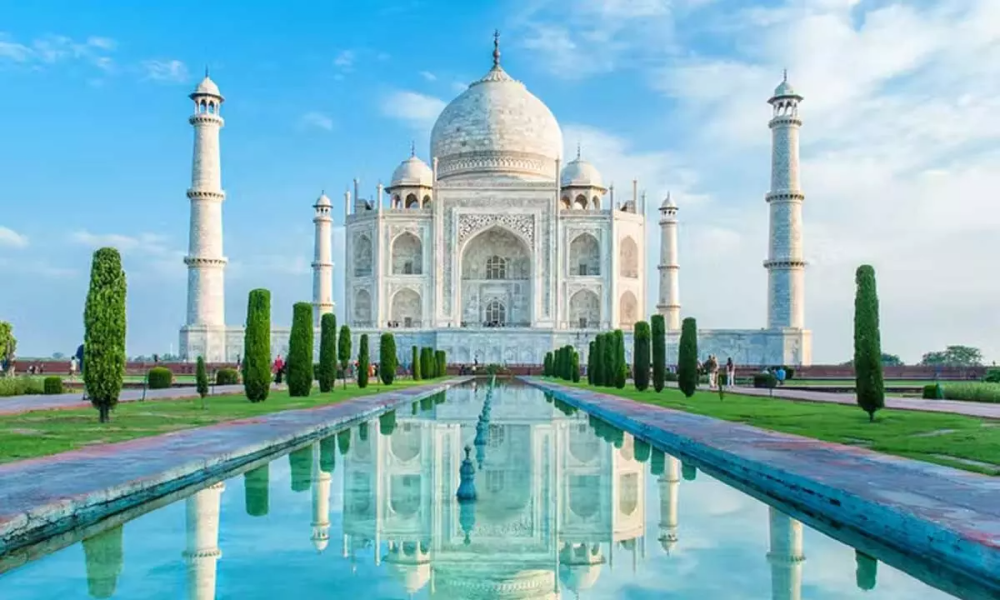

Agra, home to the iconic Taj Mahal, has been a central figure in India's tourism map for centuries. The city's history of tourism can be traced back to the Mughal era when it served as the capital of the Mughal Empire under Emperor Akbar, Jahangir, and Shah Jahan. The architectural splendour of Agra attracted travelers, scholars, and traders from across the world even then.
With the construction of the Taj Mahal, a mausoleum built by Mughal Emperor Shah Jahan in memory of his beloved wife Mumtaz Mahal, Agra's destiny as a beacon for tourists was sealed. Completed in 1653, the Taj Mahal has been celebrated for its stunning beauty and architectural magnificence, drawing millions of visitors every year.
In addition to the Taj Mahal, the Agra Fort and Fatehpur Sikri are two other UNESCO World Heritage Sites in Agra that have played significant roles in boosting tourism. Agra Fort served as the residence of the emperors of the Mughal Dynasty until 1638, and Fatehpur Sikri was founded as the capital for Emperor Akbar and is an exceptional testimony to the Mughal civilization at its peak.
During the British colonial period, Agra became more accessible to international travelers, elevating its status as a must-visit destination. The British introduced railways in India, and Agra conveniently found a place on the Indian rail map. This improved accessibility further boosted tourism in the city.
In the post-independence era, the Indian government recognized the potential of Agra as a prime tourist destination and invested in developing its infrastructure. Efforts were made to preserve the architectural marvels, and special attention was given to promoting the city's heritage globally.
In recent years, Agra has witnessed an evolution in its tourism offerings. While heritage tourism remains a key attraction, the city is also experiencing a growth in cultural, gastronomical, and experiential tourism. Tourists are increasingly interested in understanding the local culture, cuisine, and crafts of Agra beyond its famed monuments.
Furthermore, eco-friendly tourism has also gained momentum, with many tourists seeking out greener and more sustainable travel experiences. Initiatives like battery-operated vehicles around the Taj Mahal and the prohibition of single-use plastics within the monument's vicinity align with the global trend of environmentally conscious travel.
Overall, tourism in Agra has come a long way, evolving from the days of the Grand Trunk Road to the digital age where virtual reality tours of the Taj Mahal cater to those unable to visit in person. However, the essence of tourism in Agra remains firmly rooted in the awe-inspiring legacy of its historical monuments that continue to captivate people around the world.
Agra remains a testament to the rich cultural tapestry of India and a symbol of the country's hospitality, inviting travelers to explore its timeless beauty and historical depth.